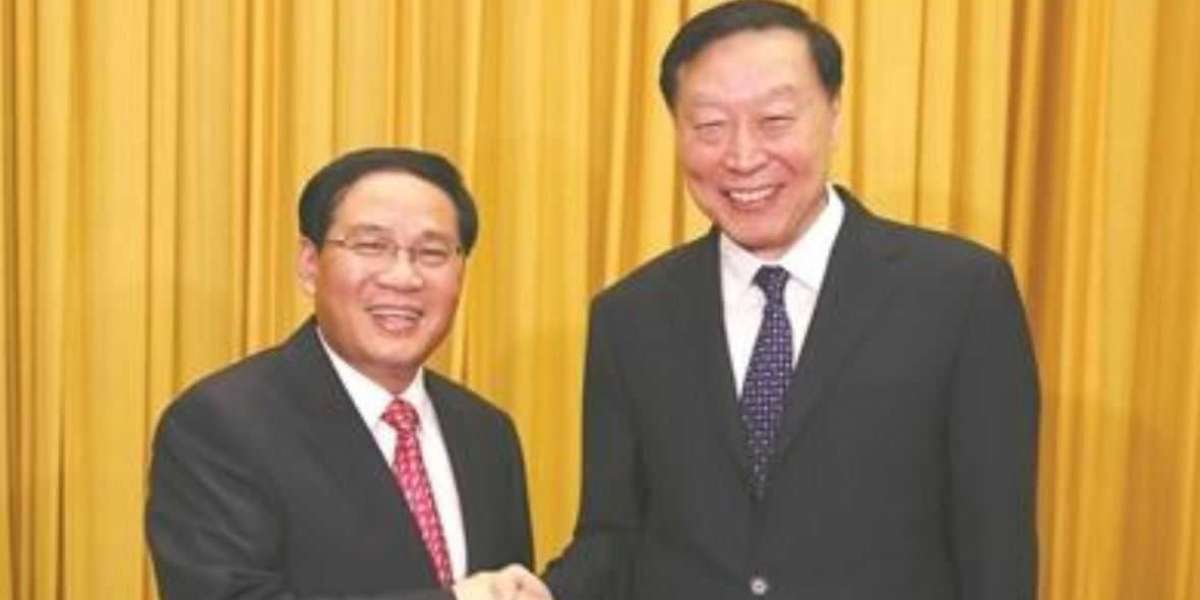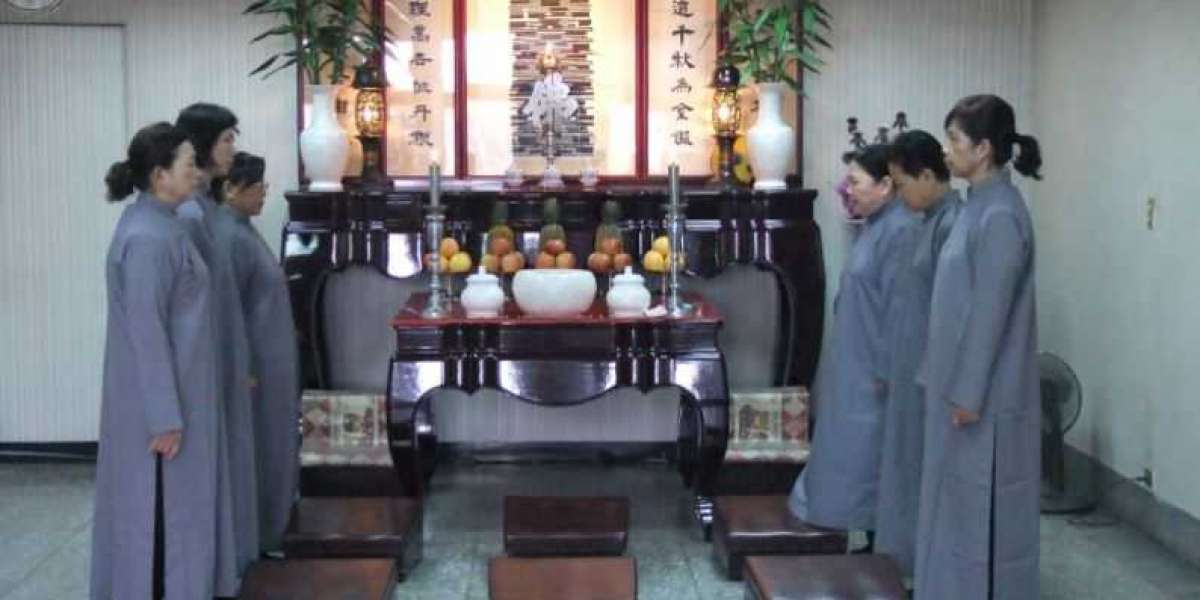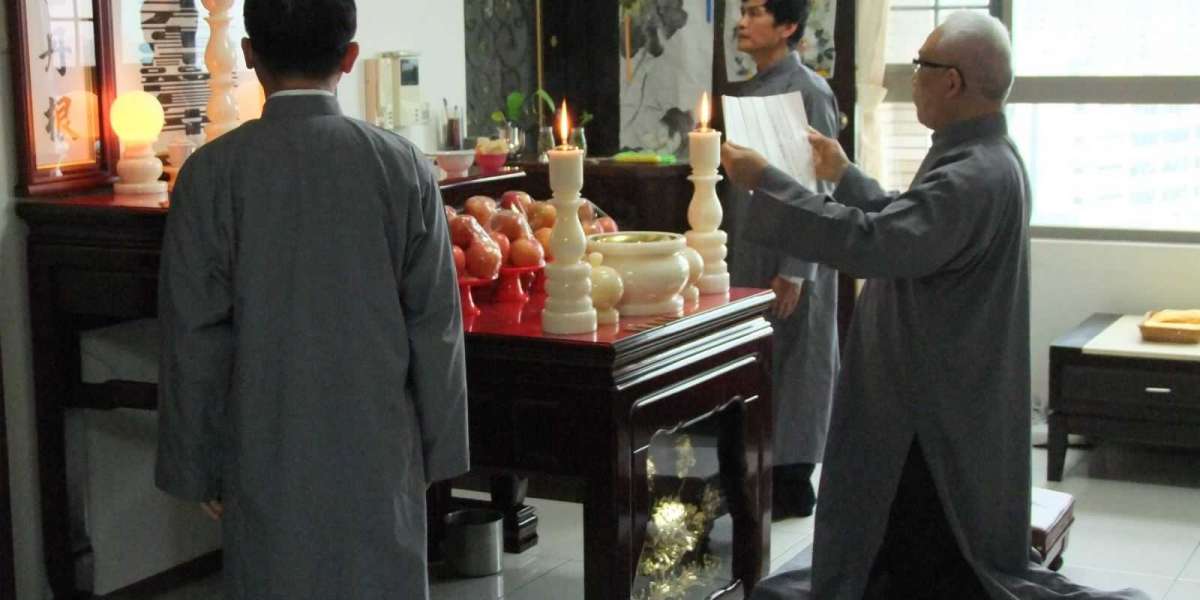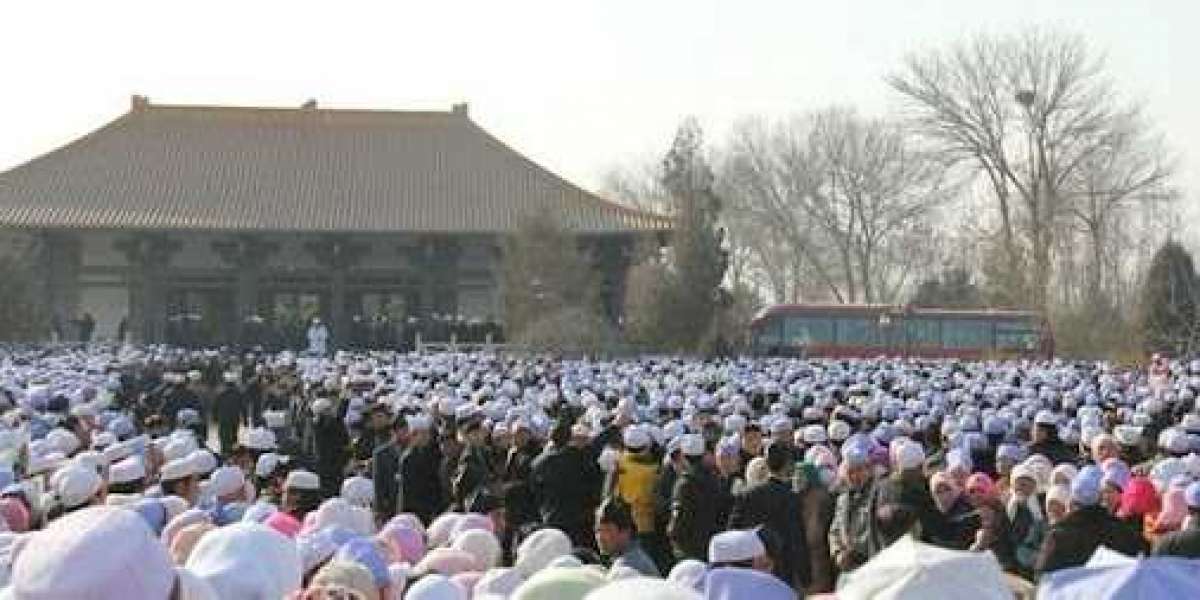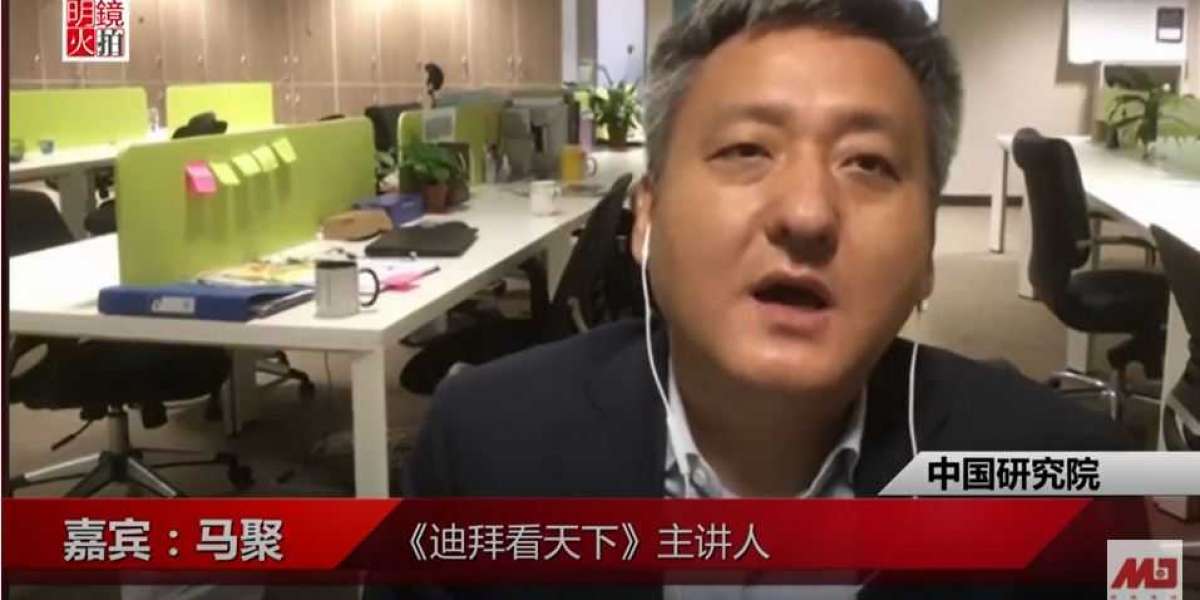根据各方面研究,luzon 吕宋在各种说法应该都是错误的。说崖山海战之后,陆秀夫建立的陆宋也不对。因为笔者作为大宋王室后代,觉得这个正确的翻译应当是:如宋。
如,意思就是小,或者COPY的意思。比如说:如夫人就是小老婆的意思。所以,在中国的古籍里面吕宋还有一个名字:小吕宋。
另外一个证据就是:汤都区,汤都区曾经是吕宋首都,真正的名字是东都。东都,其实就是开封的名字。那么,名字就证明了其如宋国的地位了。
首先,陆秀夫无权建国,因为他是臣子。而如果有王在菲律宾的话,那么汤都区应该叫做行在,杭州话发音的杭州,就是行在的意思。
KINGDOM of LUZON
============
The Kingdom of Luzon (呂宋國) (1279?-1571 AD) was an ancient thalassocracy once located around the Manila Bay region of the Philippines. Its capital was Tondo (東都 "Eastern Capital"). Its territories covered most of what is now Central Luzon, extending from the delta region that surrounds Manila Bay, all the way into the interior along head waters of the surrounding rivers in the provinces of Pampanga and Bulacan.
Political Identity
=========
Many Philippine historians question the term "empire" when applied to ancient Luzon. The Ming Dynasty chinese sources used the term Gu (國), a sovereign kingdom ruled by "kings" (王) and not chieftains (張燮, 1617). Yet, the actions of Luzon as evidenced by Portuguese chroniclers in the early 1500s (Scot, 1994), its effort to control and manipulate the politics and economy of neighboring countries around the Straits of Malacca is not the action of a mere "kingdom" but rather that of an empire.
Since China recognized only "One Empire Under Heaven (天下一)," they recorded Luzon merely as a kingdom, as they did with other empires of that period like Japan and Siam. Luzon was at best a thalassocracy, a trading empire like Brunei and Malacca, or the earlier Madjapahit and Srivijaya empires of Java and Sumatra.
Toponymy
======
Luzon was probably derived from "lusung". Lusung was the old Kapampangan name for Manila Bay. The Kapampangan ethnic group who once occupied most of its Northern and Western banks were a seafaring people that traditionally gave names to bodies of water that served as their highways. The communities that grew from these are then named after these bodies of water.
The word "lusung" in both Kapampangan and Tagalog (the two major ethnic groups that populate Manila Bay) can be defined as: 1.) a mortar or wooden pylon used for pounding rice (Panganiban, 1972). Manila Bay is shaped like the mouth of a mortar surrounded by rice producing communities; 2.) "to plunge" and/or "to ride the wind or current" in both Kapampangan and Tagalog. Manila Bay may have been named Lusung by both groups because the rivers within their settlements all plunge and empty themselves into it; 3.) also "the land below the wind" according to another traditions, while Sungsong (China) refers to "the above the wind", since sungsong is a Kapampangan and Tagalog word which means "to sail against the wind" (Panganiban, 1972).
In Chinese tradition however, "lusung" (呂宋) is made of of two characters: Lǚ (呂) which means "backbone" or "substitute" and Sng (宋) which refers to the Song Empire (宋國). In the Southern Chinese dialects like Cantonese, Hokkien and Chaozhou, the character Lǚ (呂) is added before a name to lessen its importance or value. For instance, long (龍) "dragon" becomes lulong (呂龍) "dragon-like" (not a real dragon) when the character Lǚ (呂) is added before it. Therefore, the name Luzon (呂宋國) means "Substitute Song Empire" or "Lesser Song Empire."
Basis in Folklore
=========
The History of the Song Dynasty (宋史) was compiled under Mongol Prime Minister Toktoghan (脫脫) in 1345 AD. In it, the Mongols recount the final and complete destruction of Nan Song (南宋國, "Southern Song Empire") (1127-1279 AD), where in 1279 AD:
* The Mongol fleet crushed the Imperial Navy of the Southern Song Empire at the Naval Battle of Yamen (崖門戰役).
* The loyal Minister of the Left Liu Xiufu (陸秀夫) committed suicide with last Nan Song Emperor, the child Songdi Bing (宋帝昺) rather than be captured by the Mongols.
* The Grand Admiral Zhang Shijie (張世傑) escaped with his grand armada but were later annihilated by a typhoon while crossing the seas (脫脫, 1345).
Alternative sources refute the accounts of the destruction of Zhang Shijie's grand armada as nothing more than Mongol propaganda since there were no eyewitness accounts of its destruction nor were there traces left of its remains (Giles, 1898). For most historians, the fate of Zhang Shijie and his grand armada remains a mystery.
Contemporary Chinese historians in Guangdong are now even questioning the Mongolian accounts regarding Emperor Bing's death. Even though Mongol sources claimed that the corpse of the last emperor has been found washed ashore along the coast of Shenzen, his actual grave is yet to be found. Cantonese folklore expressed in the traditional Cantonese opera narrates an alternative account where the loyal Minister Liu Xiufu tricked the Mongols by committing suicide with his own son disguised as the young emperor. The real emperor was said to have been smuggled out of the scene of battle by Grand Admiral Zhang Shijie, who will eventually return to redeem the empire from the invaders. The Travels of Marco Polo also recounts the escape of the last Song emperor across the ocean (Yule, 1993). Zhang Shijie's fleet and the last Song emperor may have escaped to pre-colonial Philippines and established the Luzon Empire, the "Lesser Song Empire."
FACTUAL RECORDS
============
Despite the conjectures regarding its origins, the Ming Annals (明史) are clear on the actual existence of the Kingdom of Luzon. It records that in the 5th year of he Ming Emperor Hongwu (1372 AD), the Kingdom of Luzon sent its first among the many succeeding diplomatic mission to the Great Ming Empire (大明國) (1368-1644), accompanied by the embassies of India's Chola Empire (张廷玉, 1739, see also Scott, 1984). In 1405, according to The Veritable Records the Ming Empire (明實錄), the Ming Court sent envoys to the Kingdom of Luzon to invite them to send emissaries to China (Wade, 2005). It was also listed by the same records as one of the places visited by Admiral Zheng He (鄭和/馬三寶) in the years 1405-1433 (Wade, 2005).
The Ming chroniclers added the character for "kingdom" (國, pinyin: Gu) after Luzon (呂宋) indicating that it was once an independent and sovereign kingdom. Her rulers were acknowledged as kings (王) who send proper envoys (使臣), and not mere chieftains (頭目) (張燮, 1617). The Ming Empire treated the Kingdom of Luzon more favorably than Japan by allowing it to trade with China once every two years, while Japan was only allowed to trade once every 11 years (张廷玉, 1739)
Golden Age
=======
The Kingdom of Luzon flourished during the latter half of the Ming Dynasty when China closed its doors to foreign trade. Foreigners were forbidden to send trade missions to China. Chinese merchants were likewise forbidden to trade beyond the borders of the Ming Empire. Yet clandestinely, merchants from Guangzhou and Quanzhou regularly delivered trade goods to Tondo. Luzon merchants then traded them all across Southeast Asia and were considered "CHINESE" by the people they encountered (San Agustin, 1699).
The Portuguese who came to Asia much earlier than the Spaniards recorded their encounter with the inhabitants of the Kingdom of Luzon and called them Lucoes (Lusonges). The Portuguese records that the Luzon Empire played an active role in the politics and economy of 16th century Southeast Asia, especially in controlling the trade traffic at the Straits of Malacca (Scott, 1994).
The Kingdom of Luzon's powerful presence in the trade of Chinese goods in 16th century East Asia was felt strongly by Japan, whose merchants had to resort to piracy in order to obtain much sought after Chinese products such as silk and porcelain. Famous 16th century Japanese merchants and tea connoisseurs like Shimai Soushitsu (島井宗室) and Kamiya Soutan (神屋宗湛) established their branches here (吉川, 1937). One famous Japanese merchant, Luzon Sukezaemon (呂宋助左衛門) (Miyamoto, 1975) went as far as to change his surname from Naya (納屋) to Luzon (呂宋).
Decline
====
Tondo (東都, Cantonese: Tūngdū) or the "Eastern Capital" has always been the traditional capital of the Kingdom of Luzon. Its traditional rulers were the Lakandl [Kapampangan: Lord of the Palace] (Tolentino, 1914). During the reign of Paduka Sri Baginda Rajah dan yang di Pertuan Bulkiah (1485-1521) the Kingdom of Brunei decided to break the Kingdom of Luzon's monopoly in the China trade by attacking Tondo and establishing the city state of Mainl as a Burneian satellite (Scott, 1994). A new dynasty under the Salalila was established in Manila to challenge the House of Lakandl in Tondo (Henson, 1965).
When the Spaniards arrived in 1571, the unity of the Kingdom of Luzon was already threatened by the uneasy alliance of the Three Kings of Luzon: the Rajah Matanda of Sapa, the Lakandula of Tondo, and Rajah Suliman III, the rajah muda or "crown prince" of Mainl and laxamana or "grand admiral" of the Macabebe Armada. Powerful states like Lubao, Betis and Macabebe became bold enough to challenge the traditional leadership of Tondo and Mainl. The Spaniards took advantage of the chaos, played favourites with one ruler and pitted them against the other.
The Fall
=====
Rumour has it that the Spaniards had poisoned the Rajah Matanda of Mainl so as to win the support of the Lakandula of Tondo. Disregarding the legitimacy of Rajah Suliman III as rajah muda, the Spaniards installed the child Rajah Bago (Santiago, 1990) as the new king of Mainl.
In 1571, Rajah Suliman III, the rajah muda of Mainl and laxamana of the Macabebe armada, challenged the Spaniards to a naval battle at the estuary of Bangkusay. The Spaniards were able to crush Rajah Suliman III and his Macabebe armada due to the lack of support from the other rulers. The Kingdom of Luzon was quickly overtaken by the Spaniards. Its territories were carved out and distributed as spoils among themselves. Pampanga was the first Spanish colonial province carved out of the Kingdom of Luzon (Henson, 1965) and the people who spoke one language from Tondo (Loarca, 1583) to the rest of Pampanga are now called KAPAMPANGAN.
After the collapse of the Kingdom of Luzon, the Spaniards were finally able to create their first colony in Asia, the Philippines, named in honor of the Spanish King Philip II of Spain. The name Luzon was given to the entire northern Philippine island, in memory of the former Kingdom of Luzon.
Aftershocks
=======
The Kingdom of Luzon was said to have finally ended in 1571 according to Spanish records. Yet the fortified cities of Lubao and Betis continued to thrive as independent principalities of the Kingdom of Luzon till 1572 (San Agustin, 1699).
In 1575, the Spaniards executed the child king Rajah Bago and his cousin Lumanlan as part of their response to Limahong's invasion (Santiago, 1990). The Spaniards suspected the ruling families of Luzon to be in secret communication with the Chinese pirate fleet. The Lakandula of Tondo also died in the same year.
In 1586, the Spaniards crushed the revolt of former nobles of the Kingdom of Luzon in the province of Pampanga. The revolt was based in Candaba under the leadership of Don Nicolas Mananguete and Don Juan de Manila (Licuanan, Benitez Mira, 1993).
In 1588, the Spaniards crushed the revolt of the nobles of the Kingdom of Luzon in Tondo (Santiago, 1990). It was led by the descendants of the Lakandula and their kinsmen with the assistance of the influential Japanese merchants of Sakai. Many of them, including the Japanese Christian merchants Juan Gayo and Dionisio Fernandez, were executed. Some, like the ruler of Candaba Dionisio Capulong, were exiled and their properties confiscated.
In 1590, King Sattha of Cambodia sent two elephants to the "King of Luzon" through his Portuguese ambassador and requested the Kingdom of Luzon's assistance in their battle against Siam (Morga, 1609). In the same year, the "lords" of the Kingdom of Luzon were said to have been corresponding with the Taikou-sama of Japan, Toyotomi Hideyoshi, begging for assistance to help liberate Luzon from the Spaniards. Hideyoshi responded by sending a letter to the Spanish governor of Manila, demanding that the Spaniards leave Luzon quietly or else face a full scale invasion that would force them out. Ill prepared for a Japanese invasion, the Spanish governor of Manila decided to appease Hideyoshi by sending gifts from the Americas, including the two elephants sent by the King of Cambodia (Morga, 1609).
The rulers of the old Kingdom of Luzon who cooperated with the Spanish overlords became the principalia of the new Spanish colony. To this day, their descendants still play an influential role in Philippine society.
Archaeological Evidences
===============
A large community and two burial sites dating back to the Southern Song to the early Yuan Dynasty that was destroyed by previous volcanic eruptions has been partially excavated since the 1930s in Hacienda Ramona near the Pasig River in Porac, Pampanga Province (Beyer, 1947; Fox, 1960; Dizon et al, 1993 1999). Due to lack of funds and government support, the site has been constantly abandoned to the elements and treasure hunters. Some archaeologists speculate that this may have been the original site of the Luzon capital of Tondo (東都), it being located next to the Pasig River.
Indung Kapampangan
=============
Through the centuries, Kapampangan writers, historians and poets all wrote about a "lost Kapampangan empire" that was destroyed by the Spaniards upon their conquest of the islands in the 16th century AD (Henson, 1965). Yet the name "Kapampangan" is hard to come by in any pre-Hispanic sources. This is understandable. The Spaniards carved out the province of "La Pampanga" from the former Kingdom of Luzon (張燮, 1617) in 1571 and named it after the Indung Kapampangan river. Only then were the inhabitants of the new colonial province called Kapampangans.
Its recognition in Philippine History
=====================
The study of Philippine history has for many years been Eurocentric, most Philippine historians have gone as far back at the earliest Spanish records but have failed to look into the archives of neighboring countries, such as Brunei, Indonesia, Cambodia, Thailand, Vietnam, Japan and China. Their dependence on the English language limits the majority of Philippine historians from accessing volumes of materials written in Chinese and other Asian languages. As a result, the History of the Kingdom of Luzon remains mythical in their scholastic psyche and still virtually non-existent in mainstream Philippine history.
References
=======
宋史 (History of the Song) [Original Chinese Texts]http://www.yifan.net/yihe/novels/history/songshiytt/sshi.html
明史 (Ming Annals) [Original Chinese Texts]http://www.yifan.net/yihe/novels/history/msqztyz/ms.html
東西洋考 (A study of the Eastern and Western Oceans) [Original Chinese Texts] Kobe University Library Website:http://www.lib.kobe-u.ac.jp/directory/sumita/5A-161/index.html
呂宋助左衛門 (Luzon Sukezaemon) [Japanese Language]http://www.geocities.jp/bane2161/rusonsukezaemon.html
Beyer, H. Otley. (July-August 1947). Outline Review of Philippine Archaeology by Islands and Provinces. Philippine Journal of Science, LXXVII: 3-4, 226-229.
Blair, Emma H. and Robertson, James A. (1903-1909). The Philippine Islands 1493-1898. 55 vols. Cleveland: Arthur H. Clark.
Dizon, Eusebio Z., Angel Bautista, Jose Santiago and Melchor Aguilera (8-21 May 1993). Archaeological Impact Assessment Project: In Pampanga and Tarlac. Archaeology Division Report, National Museum, Manila, Philippines.
Dizon, Eusebio et al. (5 October 1999). Southeast Asian Protohistoric Archaeology at Porac, Pampanga, Central Luzon, Philippines. Mid-Year Progress Report. Archaeological Studies Program. University of the Philippines at Diliman, Quezon City, Philippines.
Fox, Robert. (1960). Report on the First Month of Excavation at Porac, Pampanga. [Manuscript] National Museum, Manila, Philippines.
Fox, Robert. (1960). Report on the Second Month of Excavation at Porac, Pampanga. [Manuscript] National Museum, Manila, Philippiunes.
Giles, Herbert Allen. (1898) A Chinese Biographical Dictionary. [Reprinted 1975] Taipei, Taiwan: Cheng Wen Publishing.
Henson, Mariano A. (1965). The Province of Pampanga and Its Towns: A.D. 1300-1965. [4th ed. revised]. Angeles City, Philippines: By the author.
Jumsai, Sumet. (1997). Naga: Cultural Origins in Siam and the West Pacific. Bangkok, Thailand: Chalermnit Press and DD Books.
Licuanan, Virginia Benitez Jose Llavador Mira. (1993). The Philippines Under Spain: a compilation and translation of original documents, Book IV (1583-1590). Quezon City, Philippines: The National Trust for Historical and Cultural Preservation of the Philippines.
Loarca, Miguel de. (1583) Relacion de las Yslas Filipinas. [From Blair and Robertson, 1903-1909, volume 5, page 34 - 187]
Morga, Antonio de. (1609) Sucesos de las Islas Filipinas. Obra publicada en Mejico el ao de 1609 nuevamente sacada a luz y anotada por Jose Rizal y precedida de un prologo del Prof. Fernando Blumentritt, Impresion al offset de la Edicion Anotada por Rizal, Paris 1890. [Reprinted 1991] Manila, Philippines: National Historical Institute.
Miyamoto, Kazuo. (1975). Vikings of the Far East. New York, USA: Vantage Press. pp. 88-89. See also:http://en.wikipedia.org/wiki/Luzon_Sukezaemon
Panganiban, Jose Villa. (1972). Diksyunaryo-Tesauro Pilipino-Ingles. Quezon City, Philippines: Manlapaz Publishing Company.
San Agustin, Gaspar de. (1699). Conquistas de las Islas Philipinas 1565-1615. [1998 Bilingual Ed.: Spanish English] Translated by Luis Antonio Maeru. Published by Pedro Galende, OSA: Intramuros, Manila.
Santiago, Luciano P.R. (1990) The Houses of Lakandula, Matanda, and Soliman [1571-1898]: Genealogy and Group Identity, Philippine Quarterly of Culture and Society 18.
Scott, William Henry. (1994). Barangay: Sixteenth-Century Philippine Culture and Society, Quezon City: Ateneo de Manila University Press.
Tolentino, Aurelio. (1914). Kasulatang Gint. Manila: Imprenta y Litografia de Juan Fajardo.
Wade, Geoff. [tr.] (2005) Southeast Asia in the Ming Shi-lu: an open access resource. Singapore: Asia Research Institute and the Singapore E-Press, National University of Singapore.
http://www.epress.nus.edu.sg/msl/place/1062
Yule, Henry. (1983). The Travels of Marco Polo, Dover Publications, New York.
吉川 英治 (1937). 新書太閣記. 東京,大日本帝國: 朝日新聞.
For online reference on the history of Japanese piracy seehttp://en.wikipedia.org/wiki/Wokou



